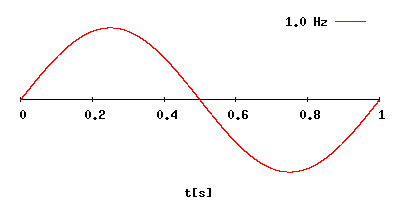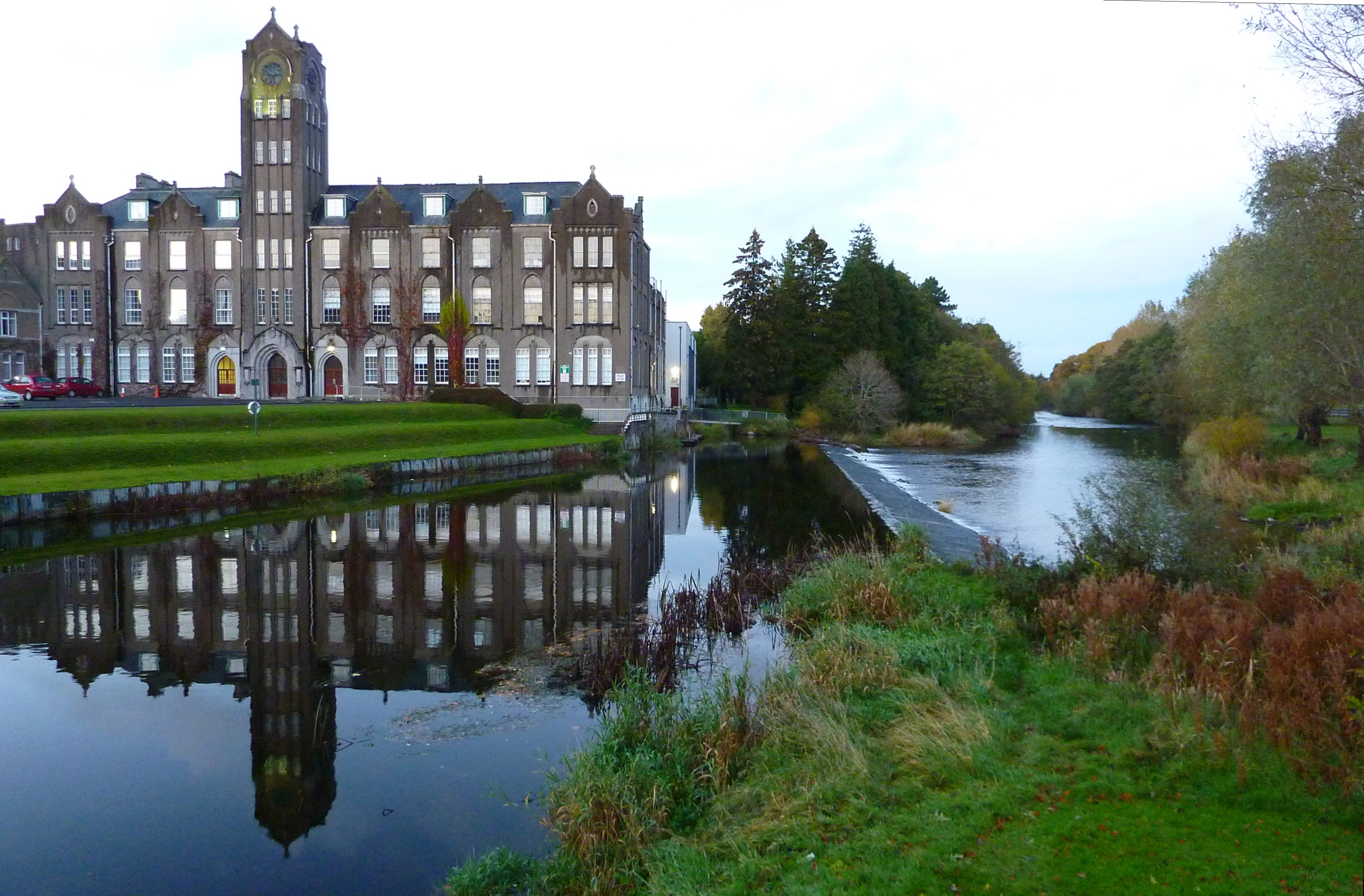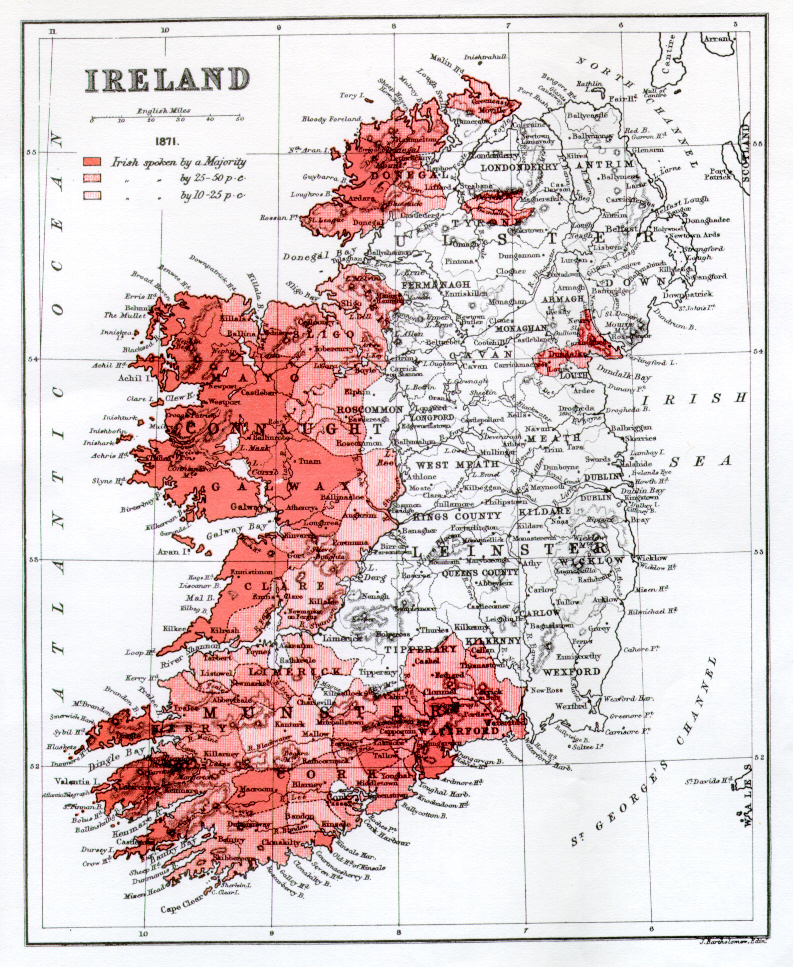|
Raidió Na Life
Raidió na Life 106.4FM (; meaning " Liffey Radio") is an Irish-language radio station founded in 1993 and broadcasting in County Dublin, Ireland. In addition to being transmitted on FM, the station's output is available worldwide via the internet. History The first independent Irish-language radio station, Raidió na Life 102, came on the air in September 1993 covering Dublin and some neighbouring areas. It broadcasts under licence from the Broadcasting Authority of Ireland. Comharchumann Raidió Átha Cliath Teoranta, which was set up in 1989, is the organisation which owns and operates Raidió na Life 106.4fm. In October 2017, the station moved from the offices of 7 Merrion Square to new purpose-built studios in the new headquarters of Foras na Gaeilge, located at 63-66 Amiens Street on the north side of the city. Comharchumann Raidió Átha Cliath Teoranta Comharchumann Raidió Átha Cliath Teoranta (CRÁCT) is the cooperative that was founded on 4 July 1989 as a non ... [...More Info...] [...Related Items...] OR: [Wikipedia] [Google] [Baidu] [Amazon] |
Megahertz
The hertz (symbol: Hz) is the unit of frequency in the International System of Units (SI), often described as being equivalent to one event (or cycle) per second. The hertz is an SI derived unit whose formal expression in terms of SI base units is 1/s or s−1, meaning that one hertz is one per second or the reciprocal of one second. It is used only in the case of periodic events. It is named after Heinrich Rudolf Hertz (1857–1894), the first person to provide conclusive proof of the existence of electromagnetic waves. For high frequencies, the unit is commonly expressed in multiples: kilohertz (kHz), megahertz (MHz), gigahertz (GHz), terahertz (THz). Some of the unit's most common uses are in the description of periodic waveforms and musical tones, particularly those used in radio- and audio-related applications. It is also used to describe the clock speeds at which computers and other electronics are driven. The units are sometimes also used as a representation o ... [...More Info...] [...Related Items...] OR: [Wikipedia] [Google] [Baidu] [Amazon] |
Frequency Modulation
Frequency modulation (FM) is a signal modulation technique used in electronic communication, originally for transmitting messages with a radio wave. In frequency modulation a carrier wave is varied in its instantaneous frequency in proportion to a property, primarily the instantaneous amplitude, of a message signal, such as an audio signal. The technology is used in telecommunications, radio broadcasting, signal processing, and Run-length limited#FM: .280.2C1.29 RLL, computing. In Analog signal, analog frequency modulation, such as radio broadcasting of voice and music, the instantaneous frequency deviation, i.e. the difference between the frequency of the carrier and its center frequency, has a functional relation to the modulating signal amplitude. Digital data can be encoded and transmitted with a type of frequency modulation known as frequency-shift keying (FSK), in which the instantaneous frequency of the carrier is shifted among a set of frequencies. The frequencies m ... [...More Info...] [...Related Items...] OR: [Wikipedia] [Google] [Baidu] [Amazon] |
River Liffey
The River Liffey (Irish language, Irish: ''An Life'', historically ''An Ruirthe(a)ch'') is a river in eastern Ireland that ultimately flows through the centre of Dublin to its mouth within Dublin Bay. Its major Tributary, tributaries include the River Dodder, the River Poddle and the River Camac. The river supplies much of Dublin's water and supports a range of recreational activities. Name While Ptolemy's ''Geography (Ptolemy), Geography'' (2nd century AD) describes a river which he labels Οβοκα (''Oboka''), this is not the Liffey: ultimately it leads to the name of the River Avoca in County Wicklow. According to "Place Names from our Older Literature - IV." by Boswell, C. S. (1904 Connradh na Gaedhilge) the river takes its name from Magh Life, i.e. the plain of Kildare through which the Life flows. This in turn takes its name from Life, daughter of Canann Curthach, who eloped with and married Deltbanna mac Druchta, cup-bearer to Conaire Mór High King of Ireland. Life ... [...More Info...] [...Related Items...] OR: [Wikipedia] [Google] [Baidu] [Amazon] |
Irish-language
Irish (Standard Irish: ), also known as Irish Gaelic or simply Gaelic ( ), is a Celtic language of the Indo-European language family. It is a member of the Goidelic languages of the Insular Celtic sub branch of the family and is indigenous to the island of Ireland. It was the majority of the population's first language until the 19th century, when English gradually became dominant, particularly in the last decades of the century, in what is sometimes characterised as a result of linguistic imperialism. Today, Irish is still commonly spoken as a first language in Ireland's Gaeltacht regions, in which 2% of Ireland's population lived in 2022. The total number of people (aged 3 and over) in Ireland who declared they could speak Irish in April 2022 was 1,873,997, representing 40% of respondents, but of these, 472,887 said they never spoke it and a further 551,993 said they only spoke it within the education system. Linguistic analyses of Irish speakers are therefore based ... [...More Info...] [...Related Items...] OR: [Wikipedia] [Google] [Baidu] [Amazon] |
Radio Station
Radio broadcasting is the broadcasting of audio (sound), sometimes with related metadata, by radio waves to radio receivers belonging to a public audience. In terrestrial radio broadcasting the radio waves are broadcast by a land-based radio station, while in '' satellite radio'' the radio waves are broadcast by a satellite in Earth orbit. To receive the content the listener must have a broadcast radio receiver (''radio''). Stations are often affiliated with a radio network that provides content in a common radio format, either in broadcast syndication or simulcast, or both. The encoding of a radio broadcast depends on whether it uses an analog or digital signal. Analog radio broadcasts use one of two types of radio wave modulation: amplitude modulation for AM radio, or frequency modulation for FM radio. Newer, digital radio stations transmit in several different digital audio standards, such as DAB (Digital Audio Broadcasting), HD radio, or DRM ( Digital Ra ... [...More Info...] [...Related Items...] OR: [Wikipedia] [Google] [Baidu] [Amazon] |
County Dublin
County Dublin ( or ) is a Counties of Ireland, county in Republic of Ireland, Ireland, and holds its capital city, Dublin. It is located on the island's east coast, within the Provinces of Ireland, province of Leinster. Until 1994, County Dublin (excluding the city) was a single Local government in the Republic of Ireland, local government area; in that year, the county council was divided into three new administrative counties: Dún Laoghaire–Rathdown, Fingal and South Dublin. The three administrative counties together with Dublin City proper form a NUTS III NUTS statistical regions of Ireland, statistical region of Ireland (coded IE061). County Dublin remains a single administrative unit for the purposes of the courts (including the Dublin County Sheriff, but excluding the bailiwick of the Dublin City Sheriff) and Dublin County combined with Dublin City forms the Judicial County of Dublin, including Dublin Circuit Court, the Dublin County Registrar and the Dublin Metropolitan ... [...More Info...] [...Related Items...] OR: [Wikipedia] [Google] [Baidu] [Amazon] |
Broadcasting Authority Of Ireland
The Broadcasting Authority of Ireland (BAI; ) is a former broadcasting authority which regulated both public and commercial broadcasting sector in Ireland. It was established in 2009, effectively replacing the Broadcasting Commission of Ireland (BCI) (). It was dissolved in 2023 and its staff and functions were transferred to a new body entitled . History *The Authority came into being under the Broadcasting Act 2009. *The Independent Radio and Television Commission (IRTC) was established under the terms of the Radio and Television Act 1988. This act allowed the first legal stations not operated by RTÉ, the national broadcaster, to come into existence. Prior to this commercial broadcasting in Ireland had been unlicensed and illegal. Despite this a thriving pirate radio scene existed. The Act sought to bring this under a regulatory framework. *From 1989 onwards the commission began to license Independent Local Radio stations. It also sought to introduce a national radio and ... [...More Info...] [...Related Items...] OR: [Wikipedia] [Google] [Baidu] [Amazon] |
Raidió Fáilte
Raidió Fáilte (; meaning "Welcome Radio") is an Irish-language community radio station, broadcasting from Belfast, in Northern Ireland. It started broadcasting under its current licence on 15 September 2006 having operated as a pirate radio station for some time prior to that. The station can be heard on 107.1 FM in the Belfast area, and online through a live stream on the station's website. It is broadcast 24 hours a day, seven days a week and was broadcast from the cultural centre Cultúrlann McAdam Ó Fiaich on the Falls Road for several years and subsequently from The Twin Spires Centre on Northumberland Street off the Falls Road, Belfast. In October 2018 the station moved to a state-of-the-art new building on the junction of the Falls Road and the Westlink motorway. History Raidió Fáilte began airing on a part-time basis from Cultúrlann McAdam Ó Fiaich in the 1990s. Raidió Fáilte was re-launched in Belfast City Hall on 15 September 2006 when Station Manager F ... [...More Info...] [...Related Items...] OR: [Wikipedia] [Google] [Baidu] [Amazon] |
List Of Irish-language Media
The following is a list of media available in the Irish language. Television Current channels TG4 TG4, originally known as Teilifís na Gaeilge (TnaG), broadcasts on terrestrial television in both the Republic of Ireland and Northern Ireland. It has an annual budget of €34.5 million. The station has an audience of an average of 650,000 people each day in the Republic, a fifty per cent increase on what it was in the 1990s. The station's anchor shows are the long-running soap opera '' Ros na Rún'' (160,000 weekly viewership), popular teen drama '' Aifric'', nightly news programme '' Nuacht TG4'' (viewership circa. 8,000), current affairs programme '' 7 Lá'' and dubbed documentaries '' Fíorscéal''. Other popular programs include or have included a dating show, '' Eochair an ghrá'', a documentary about the Irish language abroad, ''Thar Sáile'', travel shows such as '' Amú Amigos'' (viewership 50,000), '' Seacht / Seven'' – a university drama set in Belfast (viewership ... [...More Info...] [...Related Items...] OR: [Wikipedia] [Google] [Baidu] [Amazon] |
List Of Celtic-language Media
The list below contains information on the different types of media available in the Celtic languages. All languages Only a handful of media contain all the Celtic languages. An example is ''Carn'' magazine, which has contained columns in all six languages since its 1970s inception. The 2019 documentary series ''Tide (TV series), Tide'' was produced in Irish, Welsh and Scottish Gaelic editions. Welsh Irish Scottish Gaelic The following media are produced in the Scottish Gaelic language: Television Digital and satellite channels * BBC Alba is a Gaelic-language television channel. The channel launched on 19 September 2008 and is now available in all Scottish homes after launching on Freeview on 8 June 2011. It is currently available across the UK on Sky channel 142, Freesat channel 109, Virgin Media channel 161 and online, with Freeview coverage available in Scotland only. The channel is funded by the Scottish Government, MG Alba and ''Bòrd na Gàidhlig''. It costs £14 ... [...More Info...] [...Related Items...] OR: [Wikipedia] [Google] [Baidu] [Amazon] |
Radio Stations In The Republic Of Ireland
The mass media in the Republic of Ireland includes all the media and communications outlets of the Republic. Print media Ireland has a traditionally a competitive print media, which is divided into daily national newspapers and weekly regional newspapers, as well as national Sunday editions. Competition from international markets is also strong in Ireland many publications from the US, the UK and Central Europe are widely available in Ireland. The strength of the UK press is a unique feature of the Irish print media scene, with the availability of a wide selection of British published newspapers and magazines, many of these UK editions produce specialist versions for the Irish market e.g. ''Irish Daily Mail'' and the ''Irish Sun''. Some of the most popular national newspapers include ''The Irish Times'', the ''Irish Independent'' and the ''Irish Examiner''. Local and regional papers include ''The Kerryman'', the ''Evening Herald'' and the ''Evening Echo''. The use of digitised ... [...More Info...] [...Related Items...] OR: [Wikipedia] [Google] [Baidu] [Amazon] |





